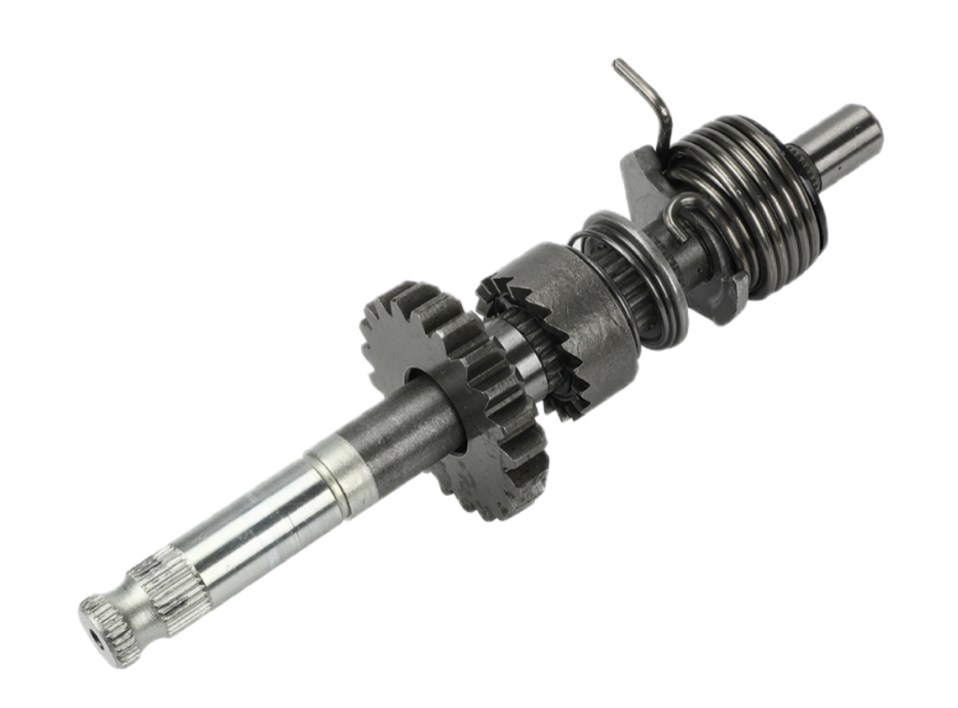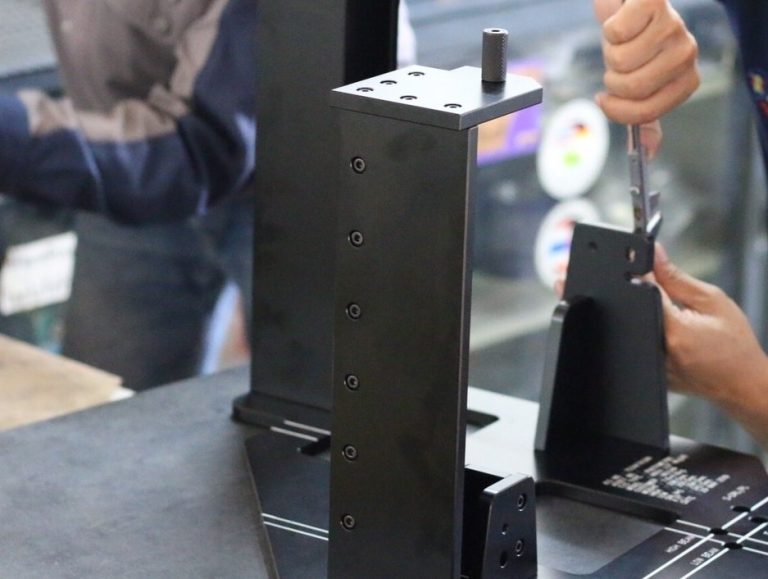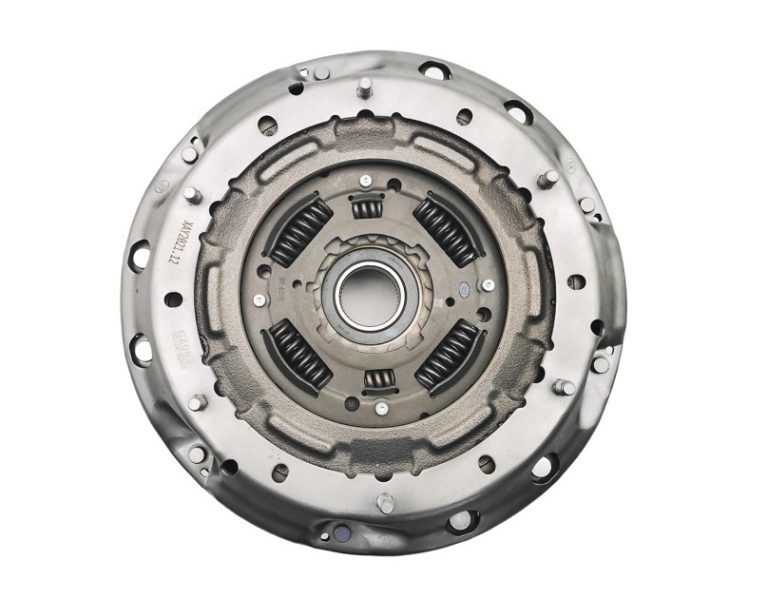
Design Tips of Assembly
When designing for assembly, consider the order and orientation of parts, the use of standardized components, and the ease of access for assembly and maintenance.
> 3-Day Lightning Delivery
> North America’s Top 10 One-stop Solutions
> 75+ Choices of Materials
Design Tips of Assembly
When it comes to manufacturing products, the design for assembly is just as important as the design for manufacture. An effective assembly design can help reduce production costs, improve quality, and enhance overall product functionality. In this article, we will provide six design tips for assembly that can help improve the efficiency and effectiveness of the assembly process.

Tip 1: Use Standard Parts and Components
One of the easiest ways to improve assembly efficiency is to use standard parts and components wherever possible. Standard parts are readily available, cost-effective, and require less time and effort to assemble. When designing a product, consider using standard parts and components such as screws, nuts, bolts, and washers. This will help reduce the need for custom parts and simplify the assembly process.
Tip 2: Design for Easy Access
Designing for easy access is crucial when it comes to assembly. When parts are difficult to access, it can increase assembly time and costs. Ensure that all parts and components can be easily accessed during assembly, and that there is enough space around them to allow for assembly tools and equipment. Designing for easy access can also help to reduce the risk of assembly errors, as workers can more easily see and reach all components during assembly.
Tip 3: Minimize the Number of Parts
Reducing the number of parts in a product can help to simplify the assembly process and reduce assembly time and costs. When designing a product, consider combining multiple parts into a single component or reducing the number of fasteners required to hold parts together. This can help to reduce the risk of assembly errors and simplify the assembly process.

Tip 4: Use Modular Design
Modular design involves breaking a product down into smaller, self-contained modules that can be easily assembled and disassembled. This approach can help to simplify the assembly process and reduce the time and effort required to assemble a product. When designing a product, consider using modular design to make it easier to assemble and maintain.
Tip 5: Use Assembly Aids
Assembly aids are tools and equipment that can help to simplify the assembly process. These can include jigs, fixtures, and templates that can help to position and align parts during assembly. Using assembly aids can help to reduce assembly time and improve the accuracy of assembly. When designing a product, consider incorporating assembly aids into the design to improve assembly efficiency.
Tip 6: Test the Assembly Design
Before starting production, it is important to test the assembly design to ensure that it is efficient and effective. This can involve creating a prototype or conducting a virtual assembly simulation to identify any potential issues or challenges in the assembly process. Testing the assembly design can help to identify potential problems early on, allowing for design modifications before production begins.